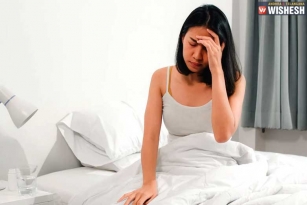
(Image source from: Freepik.com)
All about Endometriosis in Women:- Excessive menstrual bleeding, also known as menorrhagia, can have a significant impact on a woman's overall well-being. It is characterized by periods lasting longer than 7 days or having an abnormally heavy flow. Additionally, frequent and irregular menstrual bleeding, occurring less than every 21 days, can also negatively affect a woman's quality of life. There are various underlying conditions that can lead to heavy menstrual bleeding, such as fibroids, polyps, uterine cancer, pelvic inflammatory disease, adenomyosis, and endometriosis. These conditions can cause abnormal bleeding patterns and may require medical attention.
It is important for women to be aware of the signs and symptoms of excessive menstrual bleeding, as they should not be ignored. Warning signs include the need to change pads or tampons every hour or two, passing large blood clots, and experiencing prolonged periods lasting more than a week. These symptoms could be indicative of endometriosis, a chronic condition where tissue similar to the lining of the uterus grows outside the womb.
Dr. Neha Gupta emphasizes the importance of recognizing changes in menstrual patterns, especially if painful cramps worsen over subsequent cycles and are disproportionate to the amount of flow. This could be a sign of endometriosis, which, if left undiagnosed, can lead to chronic pelvic pain and other complications. Dr. Seema Sehgal highlights that endometriosis affects around 1 in 10 women during their reproductive years and can cause a range of symptoms, including pelvic pain, fertility issues, and abnormal menstrual bleeding. The abnormal growth of tissue outside the uterus can lead to inflammation, scarring, and adhesions, disrupting the menstrual cycle.
In summary, heavy or irregular menstrual bleeding should not be dismissed as a normal inconvenience, as it could be a signal of an underlying health issue like endometriosis. Seeking timely medical attention and diagnosis is crucial in managing these conditions and maintaining overall reproductive health.













